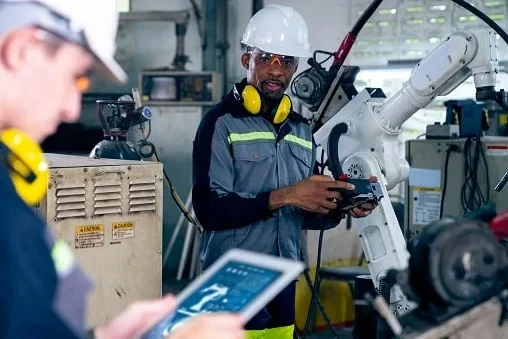
New Product Development (NPD)
With a profound commitment to precision, innovation, and sound engineering principles, we offer a comprehensive range of services to transform your ideas into successful products.
Our NPD services encompass:
Conceptual Design: The heart of any successful project lies in its conceptualization. Our team of visionary engineers will work closely with you to develop innovative and forward-thinking design concepts. We breathe life into your ideas and ensure they align with your goals and objectives.
Detail Design: Bringing concepts to reality requires meticulous attention to detail. Our detail design phase is where ideas take shape, and every aspect of the project is carefully crafted. We leave no stone unturned, ensuring your project is well-structured, efficient, and cost-effective.
Mathematical Analysis: The backbone of engineering excellence lies in mathematical analysis. Our engineers employ advanced mathematical techniques to evaluate the structural integrity, performance, and safety of your designs. We use mathematical modelling to optimize and refine your projects.
Scientific Evaluation: Scientific rigor underpins our work. We perform comprehensive scientific evaluations to validate the feasibility and functionality of your designs. Our evaluations are based on empirical data and scientific principles, ensuring robustness.
Prototype development: We employ cutting-edge rapid prototyping methods such as 3D printing for fast and cost-effective development prototypes. The prototype serves as a bridge between theoretical design and actual production, offering insights into user experience, functionality, and usability.
Testing and Evaluation: Once the prototype is developed, the next critical step is testing and evaluation. Testing helps identify potential issues in design, functionality, and user experience, enabling refinements before full-scale production. Prototypes are tested in real-world conditions to simulate how users might interact with the product.